Money or Happiness?
Osip Shor
In a world gone crazy over money, this may come across as an inexplicable paradox, but the fact remains that Latin America is the planet’s undisputed happiness champion – even though it lacks the ability to scale the heights of international wealth and social development rankings. Any methodological errors are ruled out here, and opinion polls confirm that joie de vivre permeates the hearts and minds of people living there far more than anywhere else. For instance, according to a 2012 Gallup poll involving 150,000 personal interviews in 148 countries, as many as eight Latin American and Caribbean nations ranked in the top ten happiest countries in the world, with Panama being the clear front-runner.
Another nation on the list is Guatemala, whose story speaks volumes. Guatemalans have stayed cheerful, even after a thirty-year civil war that was followed by the rampant crime, violence, and gangland killings of the 1990s. In fact, the country still has one of the highest murder rates in the world.
“In Guatemala, it’s a culture of friendly people who are always smiling,” said Luz Castillo, a 30-year-old surfing instructor. “Despite all the problems that we’re facing, we’re surrounded by natural beauty that lets us get away from it all.”
Even informal research has shown similar results. Travel app Jetpac City Guides calculated the number of smiling people in Instagram photos this spring – it turned out that the country with the largest and most frequent smiles was Brazil. This idea was confirmed by hard data indicators as well, like in the Happy Planet Index (HPI) – this measures the ability of countries to produce long, happy, and sustainable lives for its inhabitants, based on factors like life expectancy, experienced well-being, and ecological footprint. If the summands are changed around, the resulting sum total of happiness becomes even greater – as many as nine Latin American countries are among the HPI top ten, with Costa Rica in the lead.
However, does it mean that poverty in Latin America goes hand in hand with happiness? If such a nexus were to exist, it would not manifest itself in such a straightforward way. At any rate, even the last decade’s unprecedented economic boom and subsequent reduction in poverty rates – between 2002 and 2010, the number of Latin Americans living below the poverty line dropped from 243.9 million (46.1% of the total population) to 160.6 million (27.6% of the population) – did not affect the optimism that Latin Americans are so famous for.
Be that as it may, the balance of happiness and well being in the region may shift significantly in the near future; it appears that Latin America is determined to weather the crisis and continue to grow richer.
Diversify or Die
It is an open secret that economic successes experienced by most countries in the region over the last decade were largely due to the growing prices for raw materials on the world commodity markets.
Researchers point out that one of the major sources of increased productivity could be achieved if the region were to drastically reduce its ‘twilight economy’ share, which is estimated at 40% to 60%, depending on the country. As a recent report by McKinsey shows, productivity in the informal sector falls far behind modern production
“Latin America’s gains from this commodity boom fall only behind the Middle East oil exporting region,” said Francisco J. Monaldi, Visiting Professor of Public Policy from Harvard Kennedy School and Director of the Center on Energy and the Environment (IESA).
“In contrast to previous booms, more commodities and more countries experienced a windfall, lasting longer than any previous episode. However, not all countries benefited equally.”
Indeed, the growing commodity-derived revenues fuelled unprecedented growth in Latin America and the Caribbean; between 2004 and 2011 the region’s GDP climbed by 4.3% annually. Countries such as Peru and Colombia, which managed to carry out efficient reforms and benefited greatly from the opening up of their commodity sectors to foreign investors, showed staggering 7% growth rates rivaled only by China. Lately, however, this rosy outlook has become somewhat bleaker for the Latin American economic miracle. A cyclical fall in demand for most commodities, which continued over the last two to three years, slowed down economic growth in the region to a mere 2.6% in 2013.
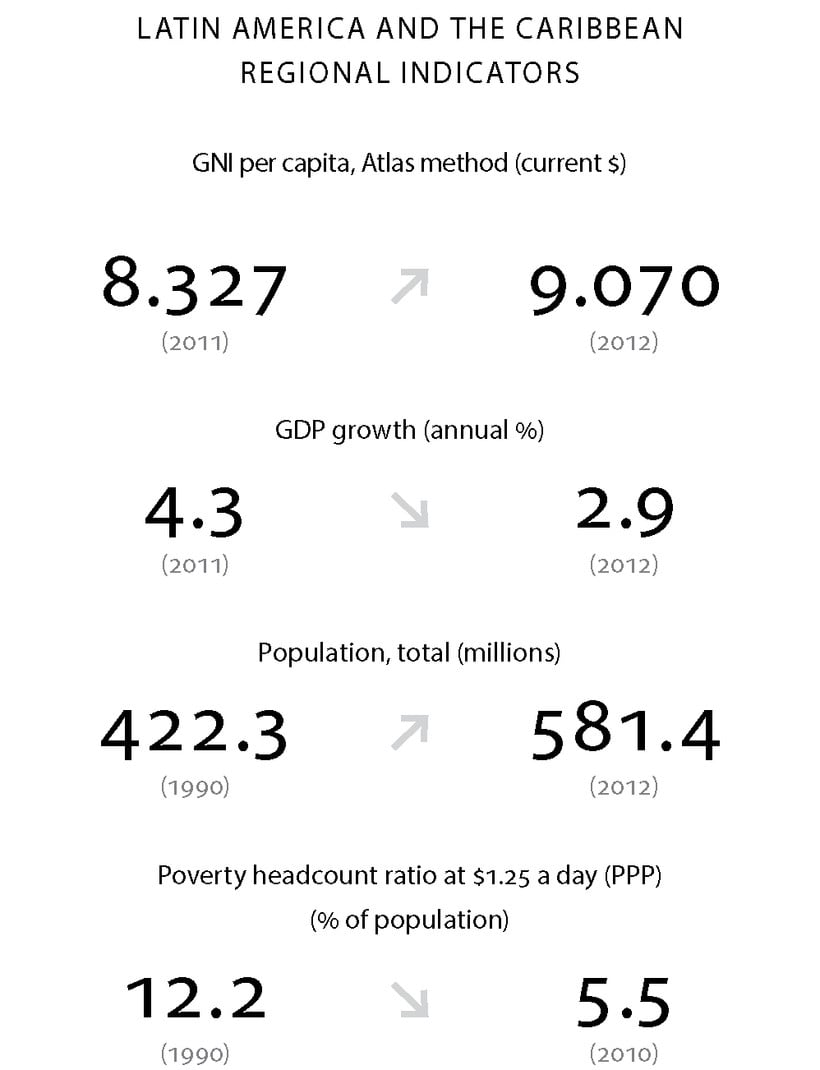 While this situation certainly falls short of a crisis, the jury is still out on whether the countries in the region would be able to continue their dynamic development when the commodity boom finally becomes a thing of the past.
While this situation certainly falls short of a crisis, the jury is still out on whether the countries in the region would be able to continue their dynamic development when the commodity boom finally becomes a thing of the past.
Experts believe that the answer would largely depend on whether Latin America would be able to diversify its economy and increase its productivity. That would require structural reforms to improve the investment climate and the quality of the labor force.
“History seems to suggest that without a more diversified economy, stronger capabilities, and higher quality human capital, the recent growth acceleration [in Latin America] would not be sustainable,” noted Monaldi.
Researchers point out that one of the major sources of increased productivity could be achieved if the region were to drastically reduce its ‘twilight economy’ share, which is estimated at 40% to 60%, depending on the country. Productivity in the informal sector falls far behind modern production performance indicators as is clearly shown in a McKinsey report entitled A tale of two Mexicos: Growth and prosperity in a two-speed economy and published in March.
“Two-speed Mexico means that within our country, we have two distinctive economies, say modern and traditional sector, and they are both moving in opposite directions. And as a consequence we have created an average, which is resulting in low productivity growth in our economy. And the gap is actually growing,” said a co-author of the research, director in McKinsey’s Mexico City office Eduardo Bolio.
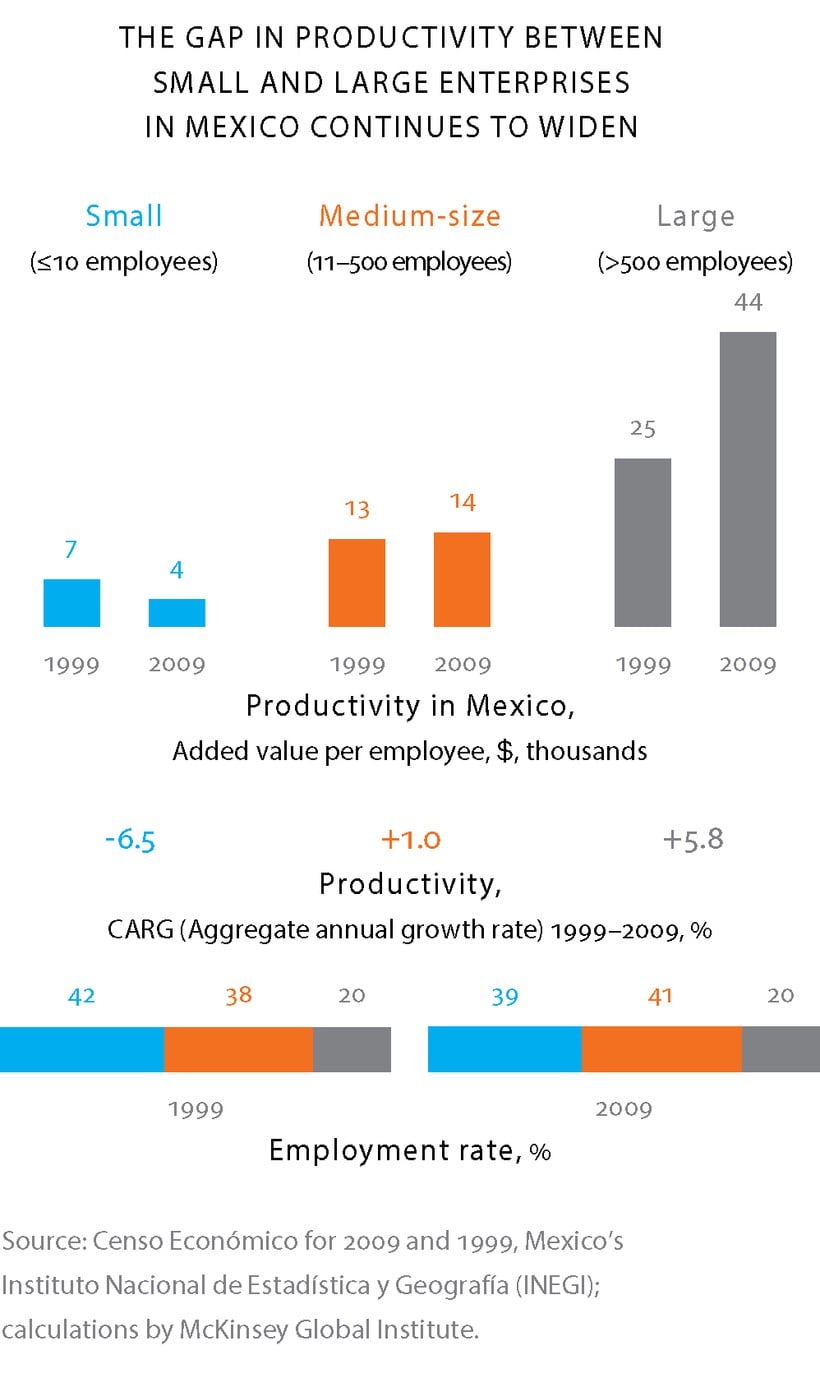 The expert believes that Mexico’s largest national corporations have shown on average a 5.8% increase in productivity since 1999. Conversely, this indicator has dropped by 6.5% for small and medium-size enterprises operating in the country’s informal economy. While a quarter of a century ago, productivity in the ‘traditional economy’ equaled on average 28% of that shown by the best contemporary production enterprises, now the figure is barely over 8%.
The expert believes that Mexico’s largest national corporations have shown on average a 5.8% increase in productivity since 1999. Conversely, this indicator has dropped by 6.5% for small and medium-size enterprises operating in the country’s informal economy. While a quarter of a century ago, productivity in the ‘traditional economy’ equaled on average 28% of that shown by the best contemporary production enterprises, now the figure is barely over 8%.
As a result, Mexico’s productivity today remains at a mere 0.8%, which limits the country’s economic growth potential, estimated at the year’s end to be as little as 2%. McKinsey calculated that if the government wishes to achieve its Central Bank target growth figure of 3.5%, productivity needs to at least triple.
Right to Labor
Apart from the universally known institutional reform, this struggle to ‘legalize’ the region’s economy should also place greater emphasis on domestic transformation – including improved regulatory mechanisms, as well as reform of tax and labor legislation that remains highly inflexible today and impedes the creation of full-time jobs, forcing employees to seek better fortunes in the ‘twilight economy,’ noted McKinsey.
This objective has become increasingly topical for the vast majority of Latin American countries that chose to neglect these issues while riding the wave of economic boom.
“Important determinants of informal markets, such as tax and regulatory burdens, corruption, red tape, law and order, bureaucracy quality, and education have barely improved in many countries over the last decade,” said Guillermo Vuletin, an Assistant Professor in the Department of Economics at Colby College and a fellow in the Global-CERES Economic and Social Policy in Latin America Initiative. He calls upon local governments to take a more proactive stance on reforms in all of these sectors to efficiently and fully integrate the entire marginalized segment into their countries’ labor force. Moreover, modernization of their labor markets is a key element in paving the way to broader vital domestic transformations designed to boost economic growth.
Apart from the universally known institutional reform, the struggle to ‘legalize’ the region’s economy should also place greater emphasis on domestic transformation – including improved regulatory mechanisms, as well as reform of tax and labor legislation that remains highly inflexible today and impedes the creation of full-time jobs, forcing employees to seek better fortunes in the informal sector
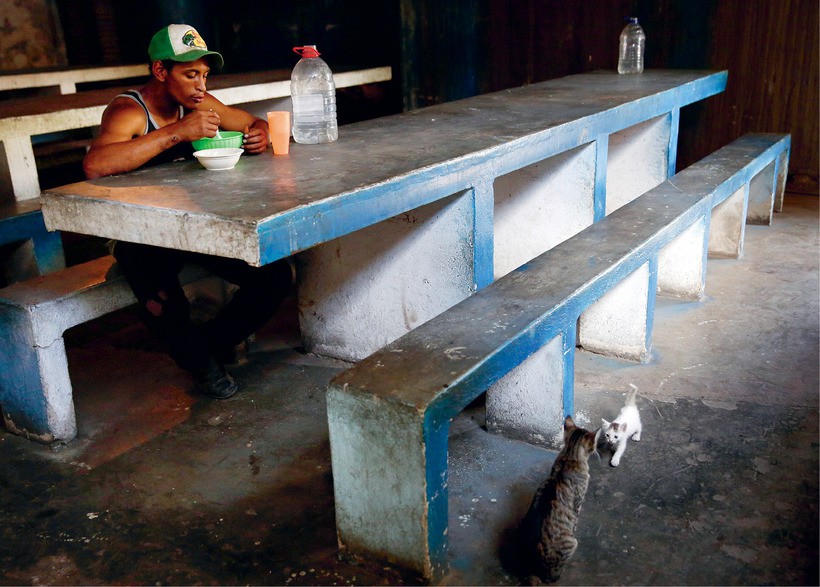
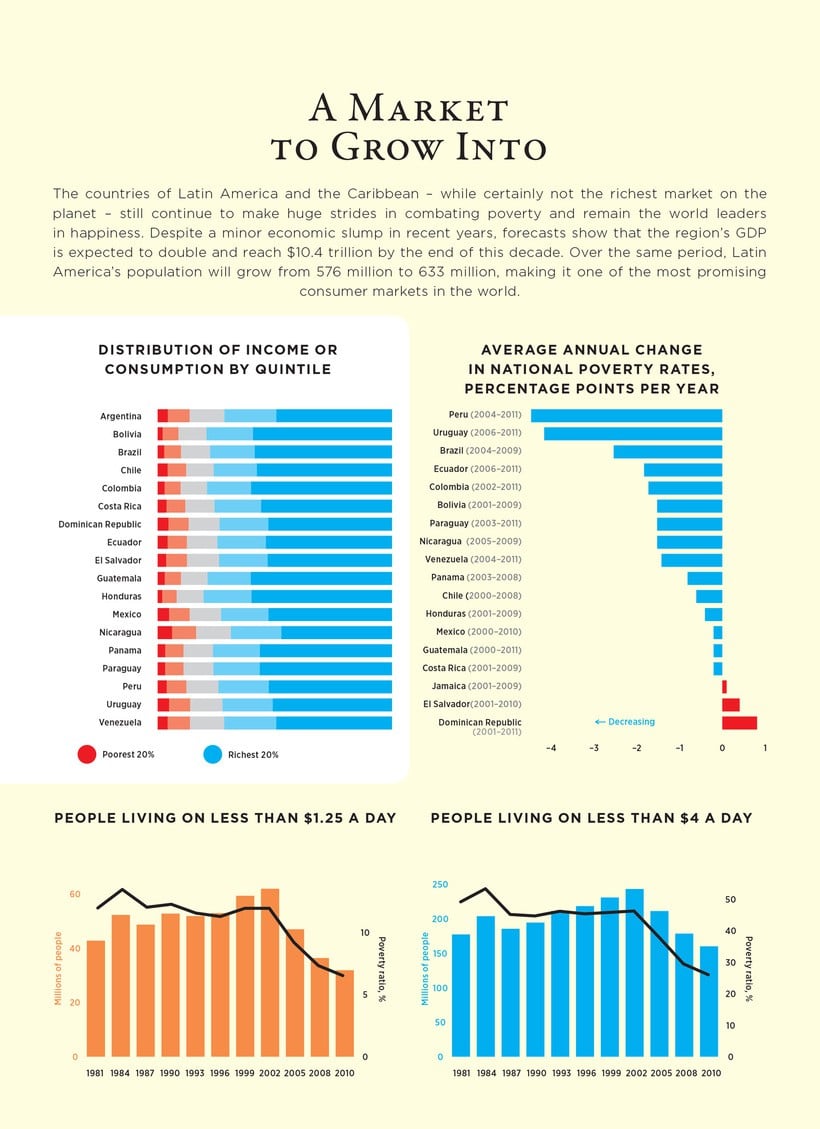
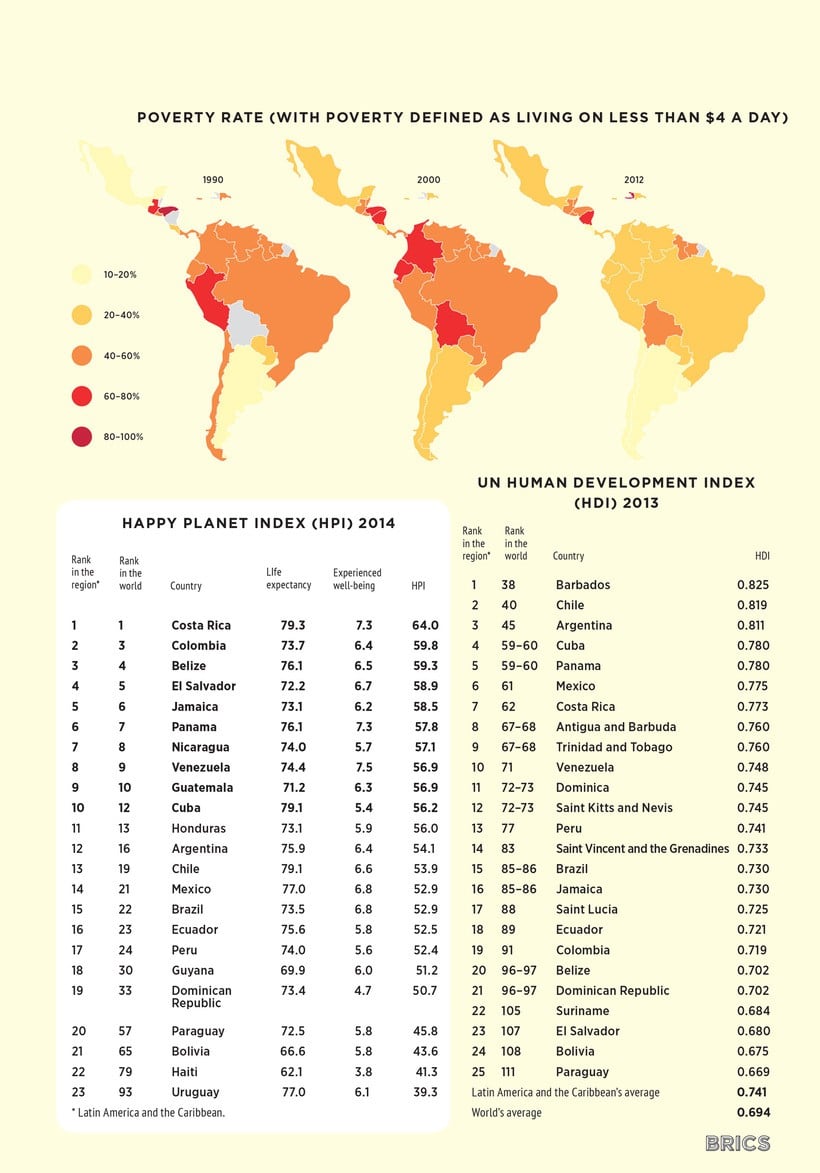
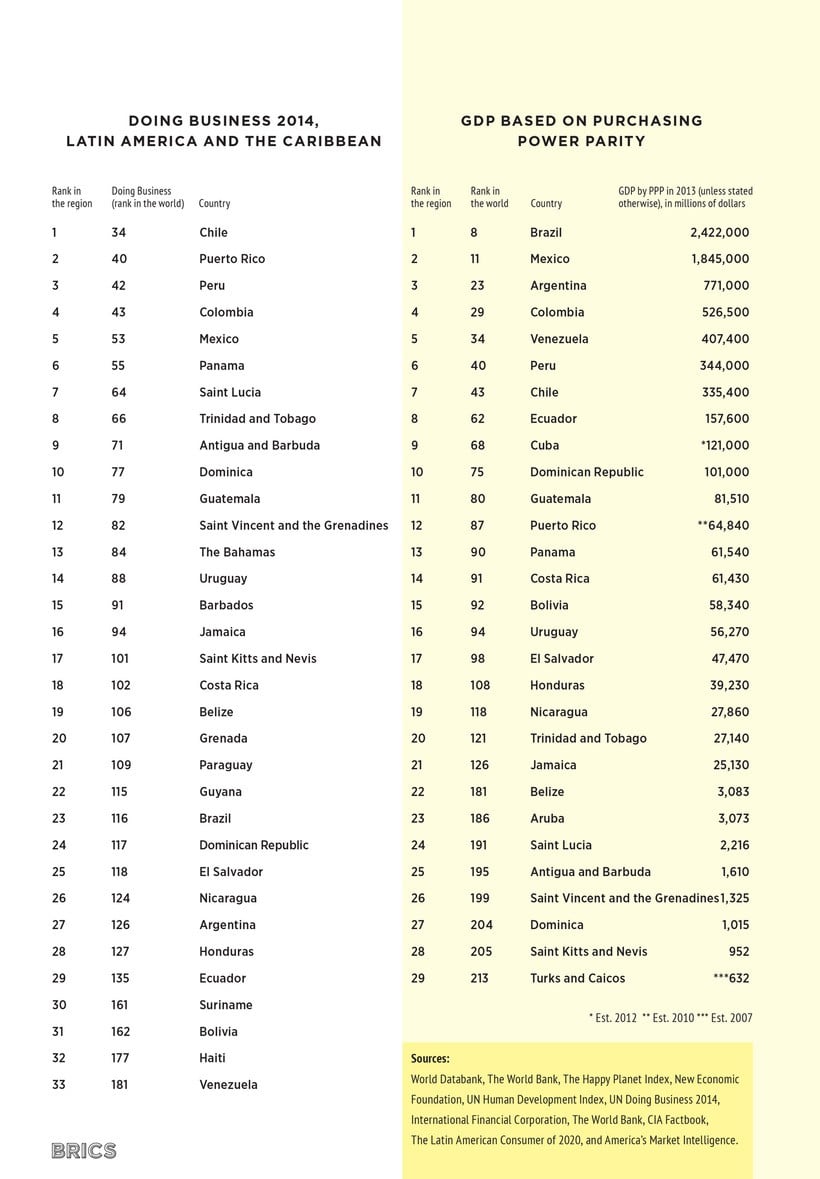
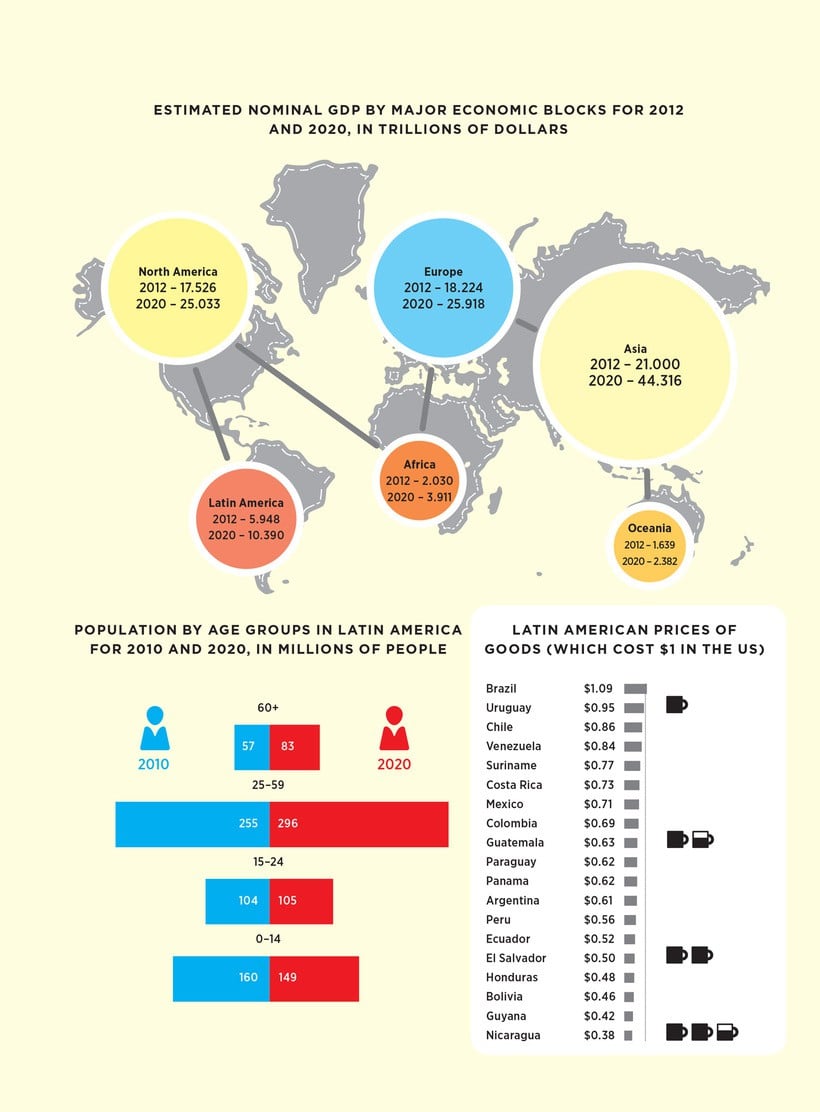
“The above mentioned reforms would help increase productivity and investment opportunities which would, ultimately, allow the region to achieve long-term sustainable economic prosperity with economic inclusion,” believes Vuletin.
Whether this would make the people of Latin America happier remains to be seen in future rankings.











